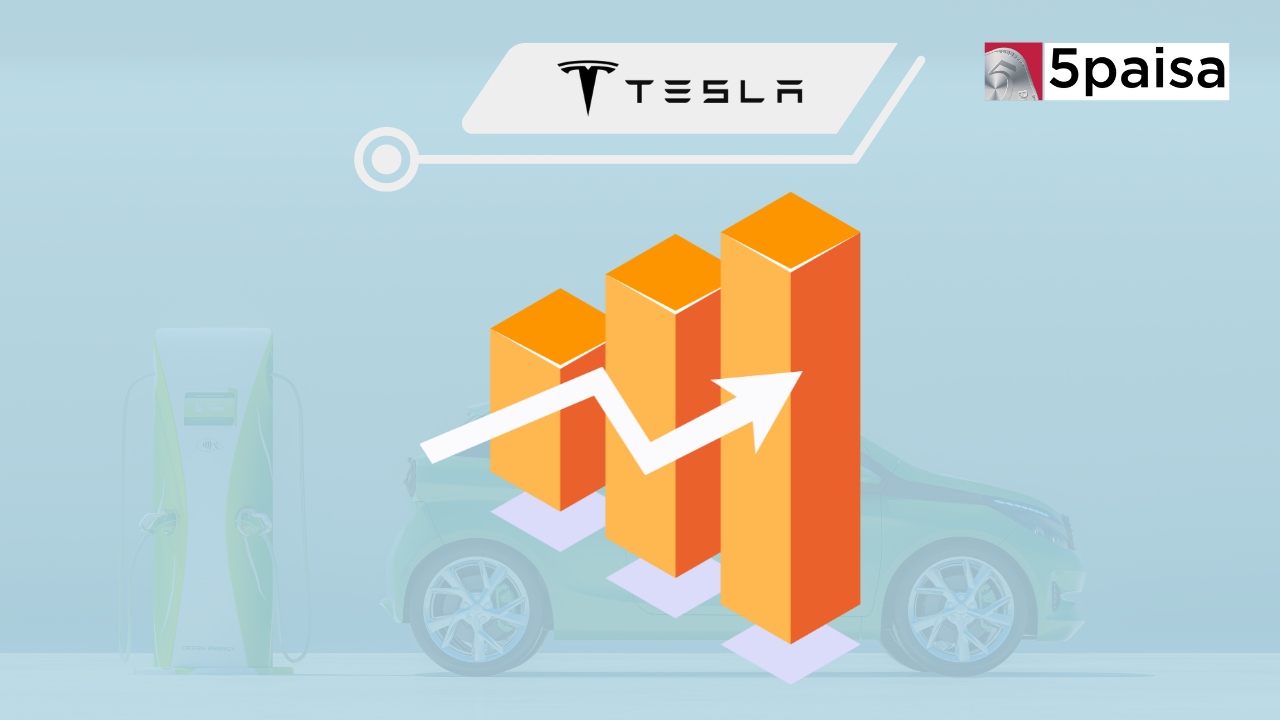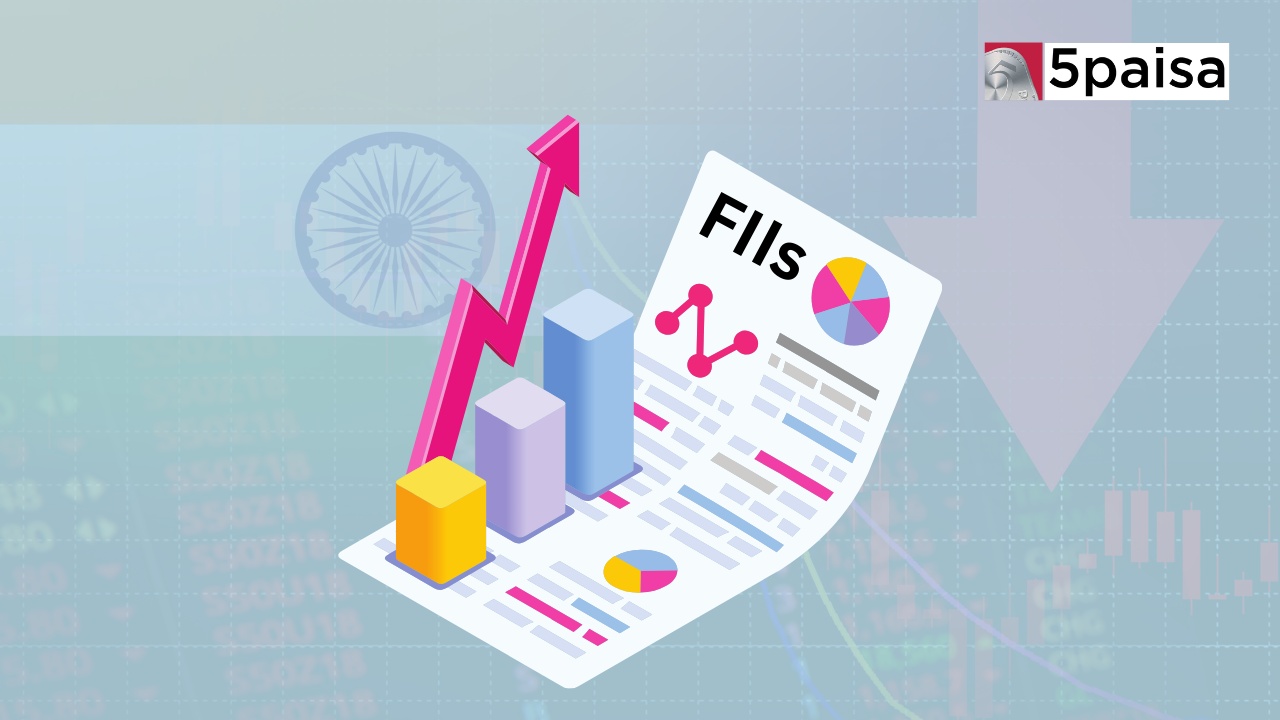Kingdon Capital, Tied to Adani-Hindenburg Dispute, Has Just One More India Link
US inflation at 8.2%; too high despite hawkishness

Last Updated: 14th October 2022 - 04:20 pm
For the month of September 2022, the US consumer inflation came in at 8.2%. That is still lower than the 9.1% recorded in June 2022. Now, consumer inflation in the US has been coming down rapidly but not as fast as the Fed would have liked. Also, considering the kind of hawkishness and rate hikes undertaken by the Fed, the fall in inflation is just about marginal. Remember, the Fed has hiked by 300 bps since March and in the last 3 rounds it has hiked rates by 75 basis points each. It is also expected that the rates will be hiked by another 75 bps in November and perhaps 50-75 bps in December.
That is what is surprising. Despite such intense rate hikes by the US Fed and a very hawkish language, the total cut in inflation is just about 90 bps over the last 3 months. In fact, this is the seventh consecutive month that US inflation has stayed above the 8% mark, something last seen more than 40 years back. What about the inflation components. Food inflation and core inflation have gone up higher (core inflation is the highest in 42 years). Gasoline inflation is down but that is being now largely offset by a spike in the price of electricity and natural gas. The table below captures the gist of American consumer inflation.
|
|
|
|
|
|
|
|
|
|
|
|
|
|
|
|
● |
|
● |
|
|
● |
|
● |
|
|
● |
|
● |
|
|
● |
|
● |
|
|
● |
|
● |
|
|
● |
|
● |
|
|
|
|
|
|
|
● |
|
|
|
|
● |
|
● |
|
|
|
|
● |
|
|
|
|
|
|
|
● |
|
● |
|
|
● |
|
● |
|
|
|
|
|
|
|
● |
|
● |
|
|
● |
|
● |
|
|
|
|
|
|
How do we interpret the above inflation break up table and what does it mean for future Fed action?
a) While overall inflation has fallen in the last 3 months by 90 bps from 9.1% in June 2022 to 8.2% in September 2022, food inflation and core inflation remain a problem.
b) Crude price has fallen sharply on recession concerns and that is showing in gasoline prices coming down. However, now the OPEC has just cut supply by 2 million barrels per day (bpd) and that could boost crude prices.
c) The real problem in energy basket is elsewhere. Even if there is some stability in crude prices, the prices of gas and electricity are still on an uptrend. It is happening already and if there is any worsening of Ukraine situation, things could just get worse.
d) Food inflation (especially the food at home segment) is at record levels in the US. Cereals, dairy products and vegetables are feeling the pinch. Food inflation at 11% is a multi-decade high.
e) The other big worry is core inflation, which has been triggered by the prices of services. For example, from medical services to help services to vehicle services and air fares have all gone up sharply, contributing to a spike in core inflation.
How will the Fed react to this data and what about India?
Make no mistake, Fed stays hawkish and will continue to stay hawkish. Be prepared for around 75 bps in November and 50 bps in December before there could some pause in the rate hike. Sitting here in India we must not miss the bigger picture. Fed has the exorbitant privilege of managing the US dollar, which is central to global trade and commerce. The currency will always be in demand in the absence of alternatives. Fed can afford to stay hawkish for longer, because indirectly it still benefits the dollar value.
Does that argument apply to India too? RBI is in a kind of policy quandary at this point of time. It needs to align with Fed on monetary policy as it would risk divergence otherwise. That tends to impact global portfolio flows. On the other hand, if it gets too hawkish, the outcomes could be equally bad. In India, IIP has dipped into negative, rupee has gone for a toss down to 82.40/$ and inflation is still not under control. It is time for the RBI to make a choice, perhaps between the devil and the deep sea, but the choice has to be made now.
Disclaimer: Investment/Trading in securities Market is subject to market risk, past performance is not a guarantee of future performance. The risk of loss in trading and investment in Securities markets including Equites and Derivatives can be substantial.
Trending on 5paisa
Discover more of what matters to you.
Global Market Related Articles
 Tanushree Jaiswal
Tanushree Jaiswal




